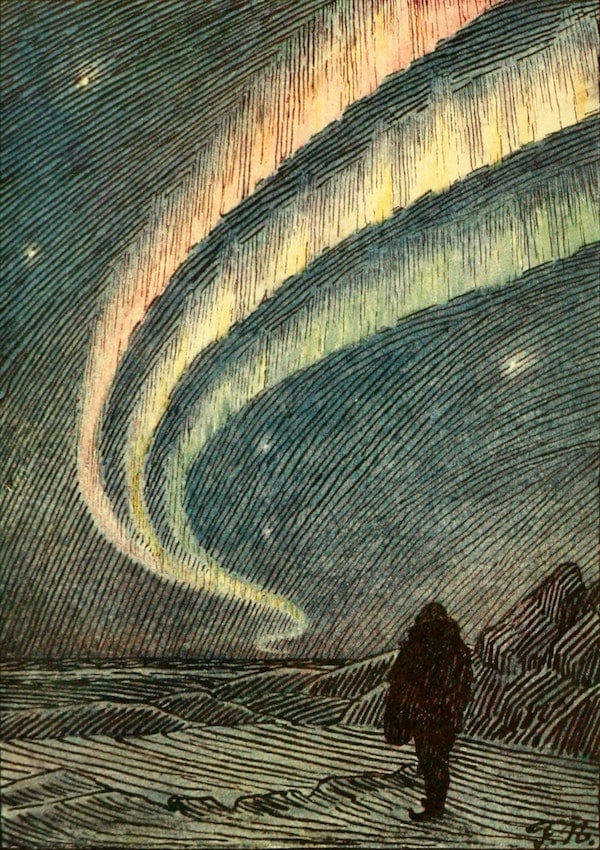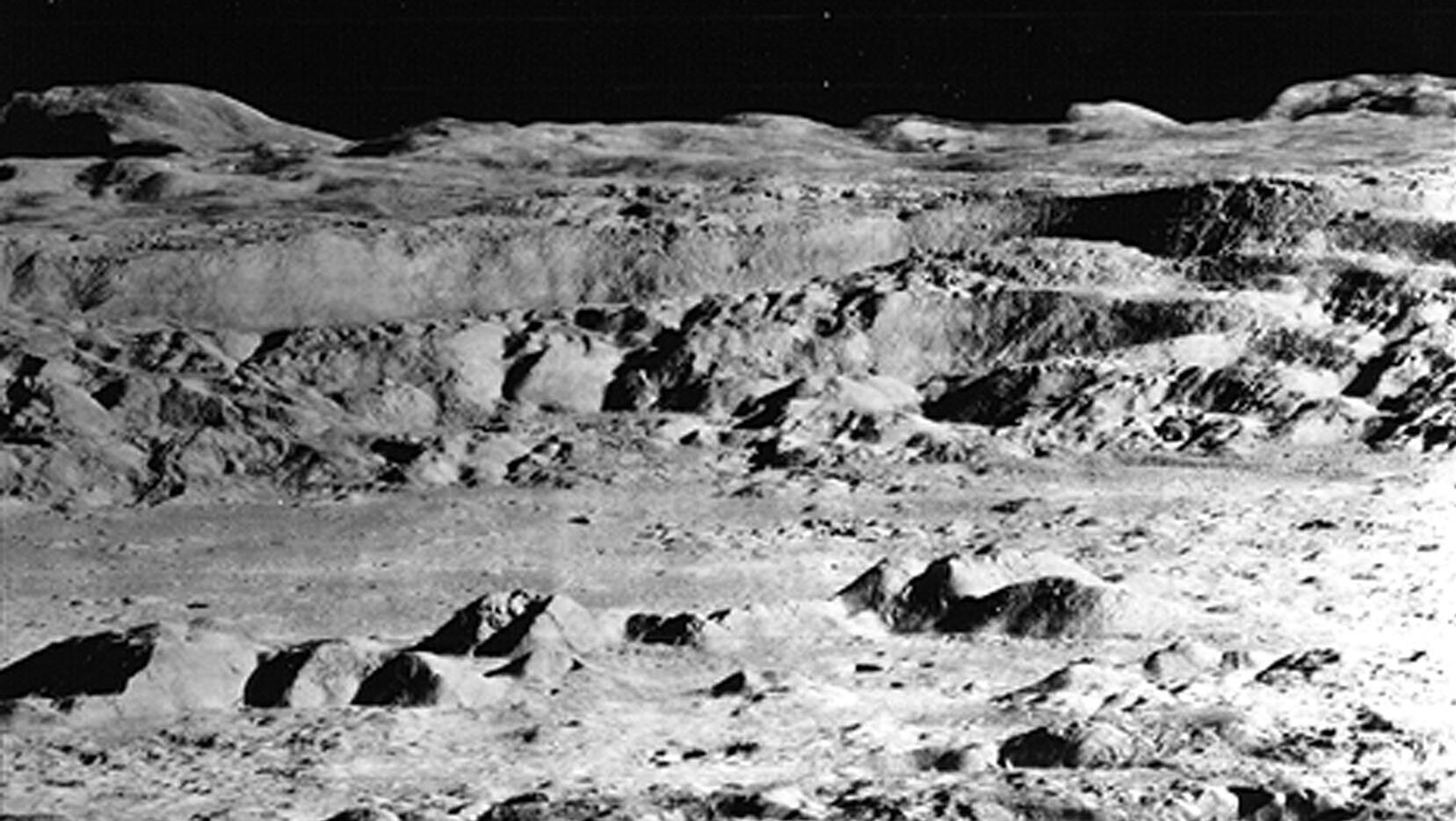An idea worth pursuing I guess. My first question: in case this gets forgotten about in the distant future, how could it be marked so there’s a good chance of being found?
(Link to the AIBS journal article which inspired the question: https://academic.oup.com/bioscience/advance-article/doi/10.1093/biosci/biae058/7715645?login=false )



I feel like this one would be easier than the nuclear waste site. You don’t need to signal an intent, nor protect the site from non technological societies. Just include a picture of the archived organism. They will eventually figure it out.
I assume the hypothetical future society would share the same evolutionary tree as us. It’s pretty unlikely that any series of events would eradicate ALL forms of life on earth, forcing the evolution to basically start again, using entirely different processes and building blocks.
Now storing such archive on a celestial body famous for its massive craters and the lack of radiation protection is entirely different problem.